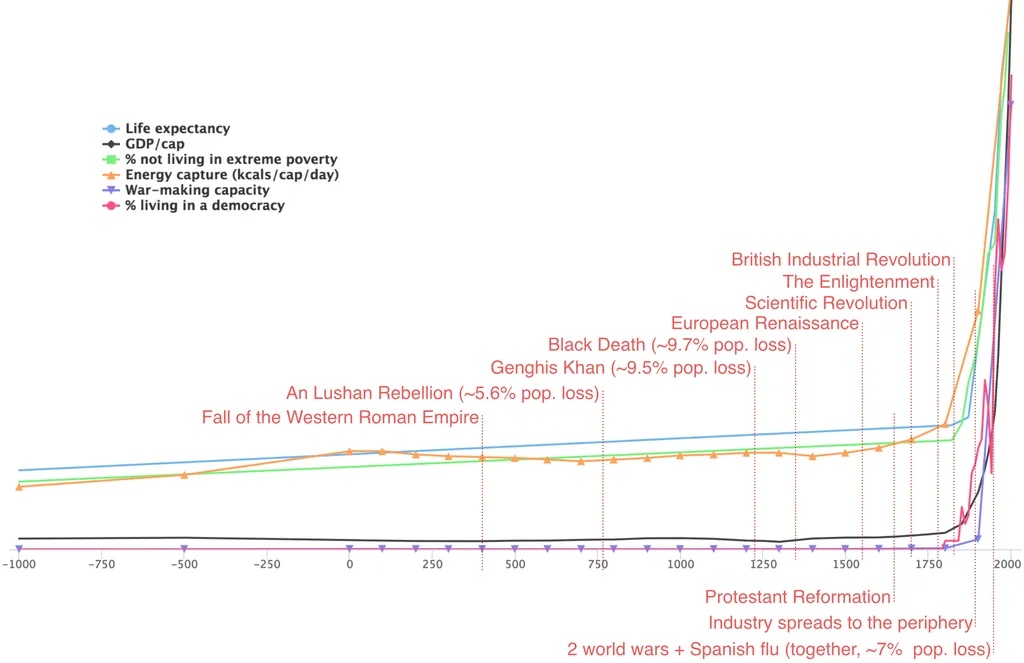Andrew Orlinic, global private equity director at Macquarie Asset Management, has painted a picture of a rapidly evolving infrastructure landscape, one that demands a strategic rethink from investors and industry players alike. His insights, shared with Maeil Business Newspaper, underscore a sector on the cusp of a digital and outsourcing-driven growth cycle, with profound implications for markets and investment strategies.
The sheer scale of investment needed—$19 trillion in North America and Europe by 2040—is staggering, but it’s the nature of this investment that’s truly transformative. The surge in data center power demand, driven by AI’s proliferation, is just one example of how technological advances are reshaping infrastructure priorities. This shift is not just about building more; it’s about modernizing, digitalizing, and making infrastructure smarter and more resilient.
The aging of existing infrastructure—over 70% of the U.S. electricity grid and 40% of Europe’s distribution grid—adds urgency to this transformation. The 60% increase in summer power outages in the U.S. over the past decade is a stark reminder of the consequences of neglect. Yet, it’s also an opportunity. The need to reinforce and modernize these grids could catalyze a wave of innovation and investment.
Orlinic’s emphasis on the rise of new investment areas, such as intelligent transportation systems and urban power grids, signals a broader trend. Infrastructure is no longer just about physical assets; it’s about digital and smart systems that require different skills, technologies, and business models. This shift is likely to attract a new breed of investors and companies, driving market consolidation and specialization.
The growing complexity of infrastructure projects is another critical factor. As projects become larger and more intricate, outsourcing is set to become a dominant trend. This could lead to a more efficient industry, with professional service providers introducing cutting-edge technologies and methodologies. However, it also raises questions about the concentration of expertise and the potential for market dominance by a few key players.
The infrastructure-adjacent market is also heating up, with over 1,000 mergers and acquisitions in North America and Europe last year alone. Macquarie Asset Management’s strategic opportunity fund, which targets companies supplying essential services and technologies for infrastructure operations, is a case in point. This trend could lead to a more integrated and interdependent infrastructure ecosystem, with companies across the value chain becoming increasingly interconnected.
Yet, this evolution is not without its challenges. High barriers to entry, regulatory complexities, and the need for specialized expertise could limit competition and innovation. Moreover, the focus on defensive growth—maintaining margins and cash flows regardless of economic cycles—could lead to a more risk-averse industry, potentially stifling disruptive innovation.
As Orlinic prepares to share his insights at the Global Alternative Investment Conference (GAII 2025), one thing is clear: the infrastructure industry is on the brink of a profound transformation. The question is, how will markets adapt? Will we see a wave of consolidation, or will new players emerge to challenge the status quo? And how will the industry balance the need for stability and growth with the imperative for innovation and resilience? These are the questions that will shape the infrastructure landscape in the years to come.

